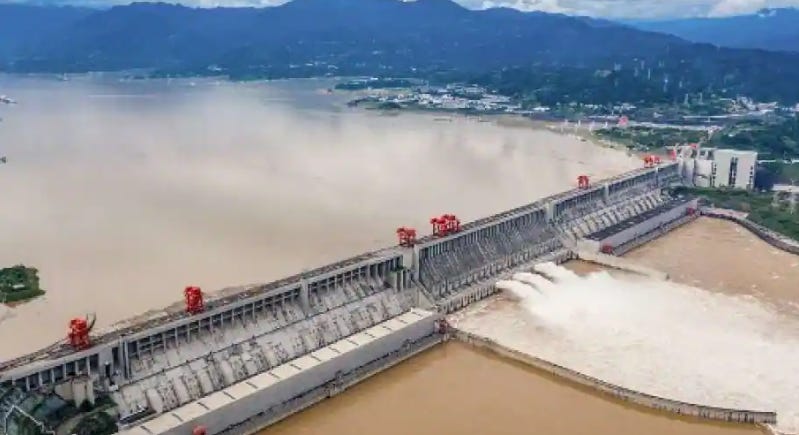China is Building an AI powered 3D-printed dam on Tibetan plateau
Will A.I. be used in Construction mega projects?
Hey Guys,
This is AiSupremacy premium.
Just a short note on something I found interesting over the weekend.
Personal Note
My Mom is in the hospital with terminal cancer, so my cadence of articles might be significantly lower during this period.
China’s robot-built 3D-printed dam ready in 2 years: scientists
Artificial intelligence appears to be at the hear…
Keep reading with a 7-day free trial
Subscribe to AI Supremacy to keep reading this post and get 7 days of free access to the full post archives.



